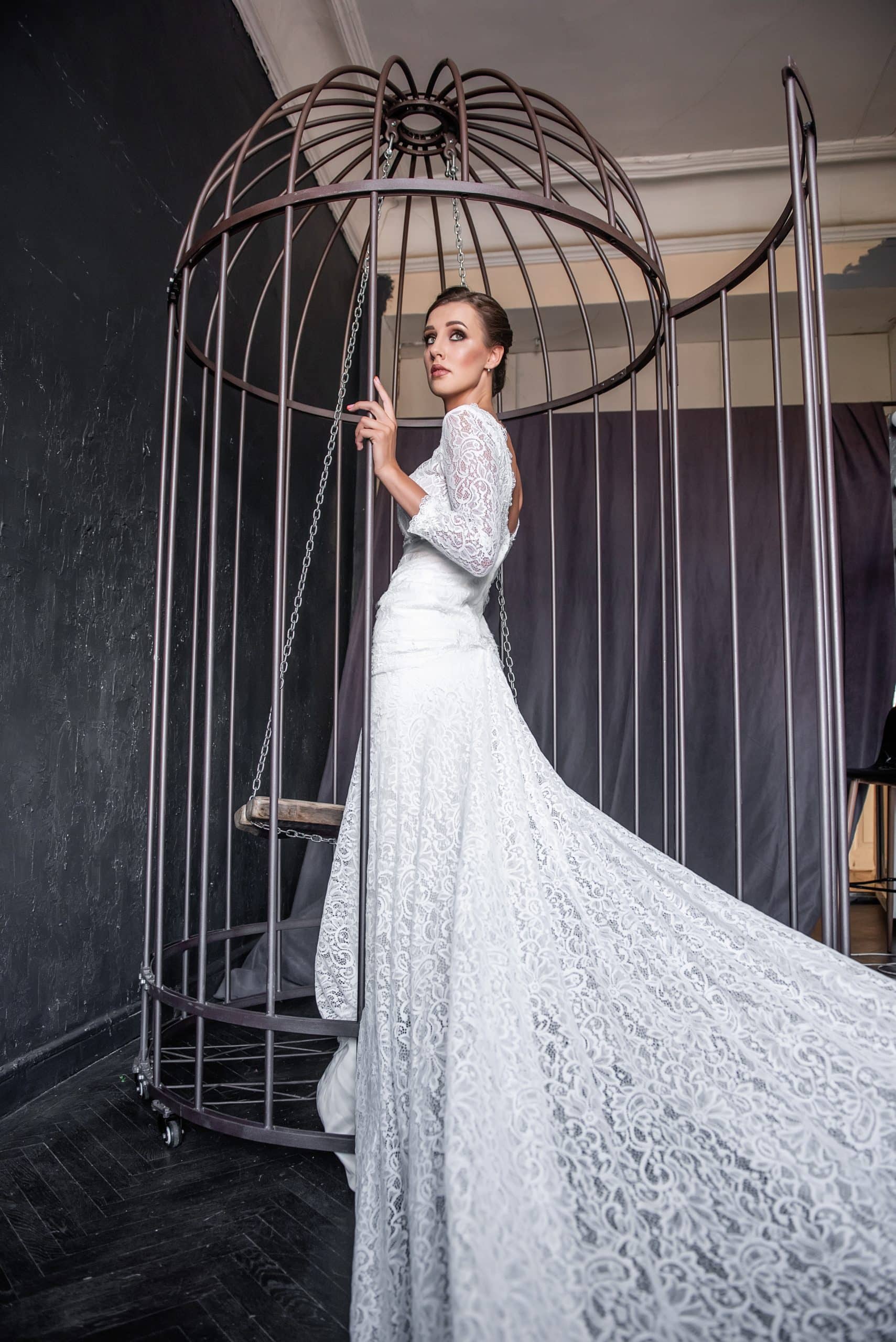Rabbits, those adorable, fluffy bundles of joy, are often considered the perfect pet for families and individuals alike. They are small, gentle creatures, full of character and endlessly entertaining to watch. But these lovable bunnies require a considerable amount of care and attention, especially when it comes to their housing. In particular, ensuring that their space is comfortable, spacious, and safe is crucial to their health and well-being.
Choosing the right size cage for a pair of bonded rabbits can be a challenging task. However, it’s a task that you need to take seriously. After all, the space your bunnies live in will significantly impact their quality of life. To guide you through this process, we have compiled a comprehensive guide outlining the key considerations for selecting the perfect rabbit abode.
A découvrir également : What Are the Ideal Soil Mixtures for a Tortoise Outdoor Habitat?
Consider the Size of Your Rabbits
Before diving into cage sizes, it’s essential to consider the size of your rabbits. Rabbits can vary significantly in size – from small dwarf breeds to larger Flemish giants. This means that what might be a spacious abode for one rabbit could be cramped for another.
A cage that is too small can inhibit your rabbits’ natural behaviors, such as hopping, jumping, and stretching out, leading to a decreased quality of life and potential health issues. As a general rule, the cage should be at least four times the size of your rabbit when it’s fully stretched out. For a pair of bonded rabbits, double this.
Lire également : What Are the Best Dietary Supplements for Enhancing a Senior Dog’s Cognitive Function?
Remember, the bigger, the better. Giving your bunnies ample room to hop around and play will keep them happy and healthy.
Consider the Amount of Time Your Rabbits Spend in the Cage
The amount of time your rabbits spend in their cage each day is another crucial factor to consider when choosing the right cage size. If your rabbits are free-roaming and only use the cage for sleeping and eating, a smaller cage may suffice. However, if your rabbits spend a large portion of their day in the cage, it needs to be larger.
Ideally, your rabbits should be allowed out of their cage for several hours each day for exercise. If this isn’t possible due to your living situation or schedule, then the cage should be large enough for them to move around and exercise freely.
Consider the Space You Have Available
While the welfare of your rabbits is paramount, practical considerations such as the amount of space you have available in your house also come into the picture. If you live in a small apartment, you may be limited in terms of the size of the cage you can accommodate.
However, this doesn’t mean that you should compromise on the space that your rabbits need. If space is a concern, consider investing in a multi-level cage. These cages make use of vertical space, providing your rabbits with multiple levels to explore and play on.
Consider the Need for Separate Spaces
While bonded rabbits enjoy each other’s company, they also appreciate having their own space. Therefore, the cage should be large enough to accommodate separate feeding and sleeping areas for each rabbit.
A good way to create separate spaces within a cage is to use dividers or hideaways. This allows your rabbits to have some alone time when they need it, which can be crucial for maintaining a harmonious bond.
Consider Neutering and Bonding
Finally, if your pair of rabbits are not neutered, it’s crucial to take this into account when choosing a cage. Un-neutered rabbits, particularly males, can become aggressive and territorial, which can lead to fights.
Therefore, if your rabbits are not neutered, consider opting for a larger cage to minimize potential territorial disputes. Moreover, consider getting your rabbits neutered, not just for this reason, but for all the health benefits it brings.
In summary, choosing the right size cage for a pair of bonded rabbits is not a decision to be taken lightly. It requires careful consideration of your rabbits’ size, the amount of time they spend in the cage, the space you have available, the need for separate spaces, and their neutered status. In doing so, you will ensure that your bunnies have a safe, comfortable, and spacious home where they can thrive. Remember, a happy rabbit is a healthy rabbit.
The Importance of Litter Box Placement
An often overlooked but significant element when considering the size and layout of your rabbit cage is the placement of the litter box. As a rabbit owner, it’s essential to understand that your rabbits will naturally seek out a specific corner in which to do their business. This behavior, while handy for house training your rabbits, can also pose a challenge when it comes to providing a comfortable living environment.
In a cage that is too small, the proximity of the litter box to the areas your rabbits eat, play, and sleep can cause distress. Rabbits are clean animals, and they may get uncomfortable if their litter box is too close to their living spaces. Moreover, an improperly placed litter box can lead to messes outside the cage, as the rabbits might choose a corner outside their cage to relieve themselves.
Therefore, it’s important to choose a large enough cage to accommodate a litter box in a corner, away from the rabbits’ main living area. And if you have a pair of bonded rabbits, you might even need to consider having two litter boxes. Each rabbit will need its own space and might not want to share a litter box with the other, especially during the bonding process.
The size of the litter box is another factor to consider. It should be large enough for your rabbits to comfortably sit in. Ideally, for a pair of rabbits, a litter box should be at least twice the size of one rabbit. This ensures that the rabbits have plenty of room to move around and don’t feel cramped, which could lead to avoidance of the litter box.
The Impact of Neutering on Housing and Bonding
When housing a pair of rabbits, especially a neutered male and female pair, it’s crucial to understand how neutering can impact their behavior and the bonding process. Neutering can significantly reduce aggressive and territorial behaviors in both male and female rabbits. This can make the process of introducing the rabbits to their new home and each other much smoother.
When it comes to bonded pairs, a neutered male and female pair tends to get along best. However, it’s still crucial to introduce them on neutral territory. This is because even neutered rabbits can be territorial, and introducing them in a new, neutral space can minimize potential conflicts.
In terms of cage size, a neutered pair of rabbits will likely require less space than an unneutered pair, as they are less likely to fight and can comfortably share the same spaces. Even so, they will still need plenty of room for exercise and separate areas for eating, sleeping, and using the litter box.
Remember, neutering isn’t just about making housing and bonding easier. It’s also about ensuring the long-term health and welfare of your rabbits. Neutered rabbits are less likely to develop certain cancers and are generally healthier and happier than their unneutered counterparts.
Conclusion: Maintaining a Happy and Healthy Environment for Your Rabbits
Choosing the right size cage for a pair of bonded rabbits is a complex task that requires careful consideration of many factors. These include your rabbits’ size, the amount of time they spend in the cage, the space you have available, their need for separate spaces, and their neutered status.
It’s also important to consider the placement of the litter box and the impact of neutering on housing and bonding. With all these factors in mind, you can create an ideal environment that promotes the well-being of your furry friends.
However, remember that a cage should not be the only exercise outlet for your rabbits. Providing them with regular out-of-cage time in a bunny-proofed area will ensure they get the physical activity they need.
In the end, it’s all about ensuring the welfare of your rabbits and creating a comfortable space where they can live happily. After all, a happy rabbit is a healthy rabbit, and a healthy rabbit will bring you endless joy.






